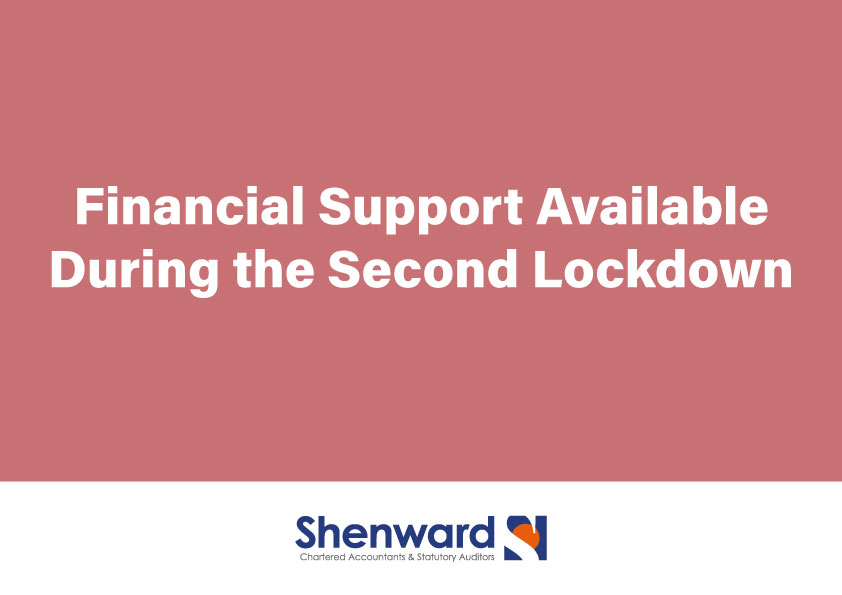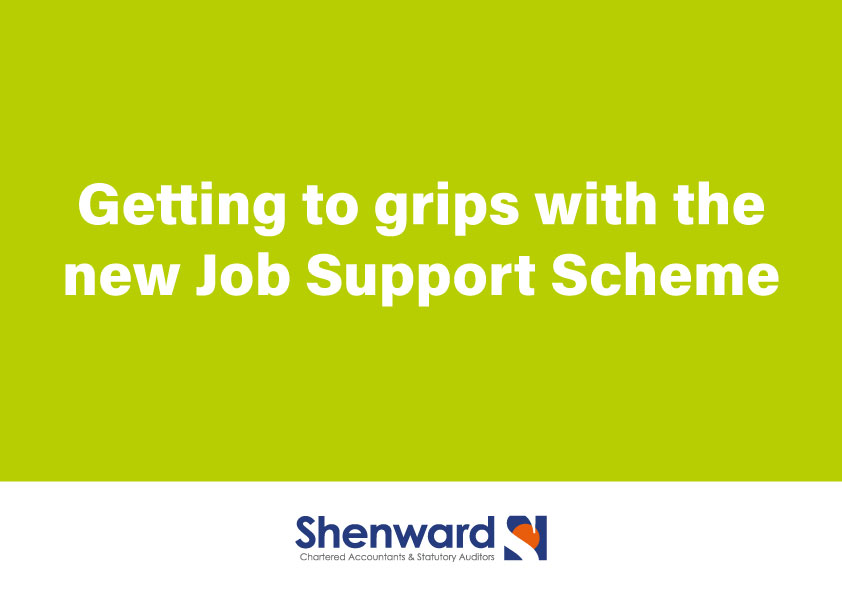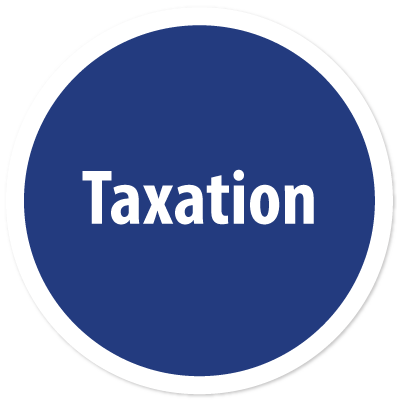Managing significant wealth is no mean feat. If you’re a high net worth individual or part of a high-net-worth family, you’ll be aware of just how complex it can be.
The truth is, managing significant wealth requires more than just basic financial management, and that’s often why people struggle when it comes to doing it alone.
Over the years, Accountants and Financial Advisors alike have become to recognise the need for a more holistic, customised solution – and that’s when the Family Office was born. In this guide, we take a look at what Family Office is, what services are offered, when they’d be required and more.
What Is a Family Office?
A family office is a firm established to oversee and manage the wealth of a single family or multiple families. The core aim of a family office is to provide a comprehensive suite of services, ranging from investment management and tax planning to family governance, estate planning, philanthropy, and more.
Think of a family office as a “one-stop shop” for all financial and non-financial services that may be required. Instead of having to deal with multiple advisors, accountants, and lawyers independently, a family office centralises all of these functions, therefore offering convenience, coordination, and highly importantly, cost efficiency.
Types of Family Offices
There are two main types of family offices: single-family offices and multi-family offices.
Single-Family Office (SFO)
A single-family office is dedicated to serving one family. Typically, this is used by ultra-high-net-worth families who have the financial resources to establish a fully customised office to oversee their wealth. A single-family office is highly personalised and tailored to the family’s specific needs, ensuring that the family’s financial goals and personal values are reflected in all decisions.
Multi-Family Office (MFO)
A multi-family office, on the other hand, serves several families simultaneously. It offers many of the same services as a single-family office but at a lower cost because the expenses are shared among multiple families. While not as bespoke as a single-family office, MFOs provide expert management and strategic advice for families who may not need or want the extensive infrastructure of their own office.
Key Services Offered by Family Offices
The services provided by family offices are highly diverse and are often tailored to meet the specific needs of the family they serve. However, there are some services which are most commonly used. We take a look at these below.
Investment Management
Family offices often oversee all aspects of a family’s investments, from developing strategies to managing portfolios and selecting asset managers. Investment management is one of the core services, and it typically includes:
- Asset allocation and diversification strategies.
- Risk management and performance tracking.
- Alternative investments (real estate, private equity, hedge funds).
- Impact investing, where the family’s values are aligned with their financial objectives.
Wealth and Estate Planning
Preserving wealth across generations is a critical priority for many families, and family offices excel in estate and wealth planning. These services ensure that wealth is passed down efficiently and according to the family’s wishes. Examples include:
- Succession planning: Ensuring a smooth transition of wealth to future generations.
- Trust and estate management: Creating trusts, drafting wills, and other estate planning vehicles.
- Tax efficiency: Using strategies to minimize taxes on wealth transfer and asset growth.
Tax Planning and Compliance
A family office works closely with accountants and tax professionals to develop effective tax strategies while ensuring compliance with local and international tax laws. Services include:
- Income tax planning.
- Capital gains tax strategies.
- International tax planning for families with global investments or members living abroad.
Philanthropy and Charitable Giving
Philanthropy is a key aspect of many wealthy families’ legacies. Family offices help families create charitable giving plans that align with their values and goals, often assisting in the establishment of family foundations, donor-advised funds, or charitable trusts. They also manage the legal and financial aspects of giving to maximise impact.
Family Governance
As wealth is passed from one generation to the next, family offices help foster strong governance frameworks that preserve both family values and wealth. This can include:
- Family meetings and retreats to discuss financial goals, governance rules, and succession planning.
- Education and mentoring of younger family members on financial literacy, investment strategies, and the responsibilities of wealth.
- Establishing family councils or boards that govern how family assets are managed and distributed.
Lifestyle and Concierge Services
Many family offices go beyond financial management to offer lifestyle and concierge services that handle personal affairs, allowing the family to focus on their priorities. These services can include:
- Travel and vacation planning.
- Property management (for multiple residences).
- Personal security and risk management.
- Healthcare management, including finding the best medical care and managing health-related expenses.
- Education planning for family members, including selecting schools, tutors, and managing educational expenses.
Risk Management
Family offices also help families protect their assets through careful risk management. This includes:
- Insurance planning (for property, liability, and life).
- Cybersecurity to protect digital assets and personal data.
- Asset protection strategies to mitigate legal risks.
Why Do Families Choose Family Office Services?
Families with significant wealth face unique challenges that can’t always be handled by traditional financial advisors or wealth management firms.
Some of the solutions to these challenges which a family office provides are:
1. Customisation and Privacy
Family offices provide highly tailored solutions that reflect the family’s personal goals and values. They also offer a high level of privacy, with all financial and personal matters handled discreetly.
2. Centralised Management
Rather than juggling multiple advisors, lawyers, and accountants, a family office centralises all these services under one roof, making wealth management much more efficient and streamlined.
3. Long-Term Focus
Family offices are focused on long-term wealth preservation. This multigenerational approach ensures that wealth is managed not just for the present but for future generations.
4. Objective, Family-Aligned Decisions
Unlike other financial management options, family offices work solely for the family they represent, ensuring that all decisions are in the best interest of the family and are aligned with their unique values and objectives.
Is a Family Office Right for You?
Family office services aren’t just for ultra-wealthy individuals—they can also benefit families looking for highly coordinated and comprehensive wealth management services. If your family has complex financial needs, multiple income sources, significant assets, or requires help with non-financial services such as philanthropy or lifestyle management, then exploring a family office might be a wise decision.
A family office offers the chance to simplify the management of your family’s wealth, protect assets for future generations, and maintain privacy and control over financial matters. Whether through a single-family office or a multi-family office, the advantages of having a dedicated team of professionals managing your affairs can be invaluable.
Contact Us to Learn More About Family Office Services
If you’re interested in exploring how a family office can help your family manage its wealth and plan for future generations, contact us today. Our experienced team can guide you through the process of setting up and optimising a family office tailored to your unique needs.






